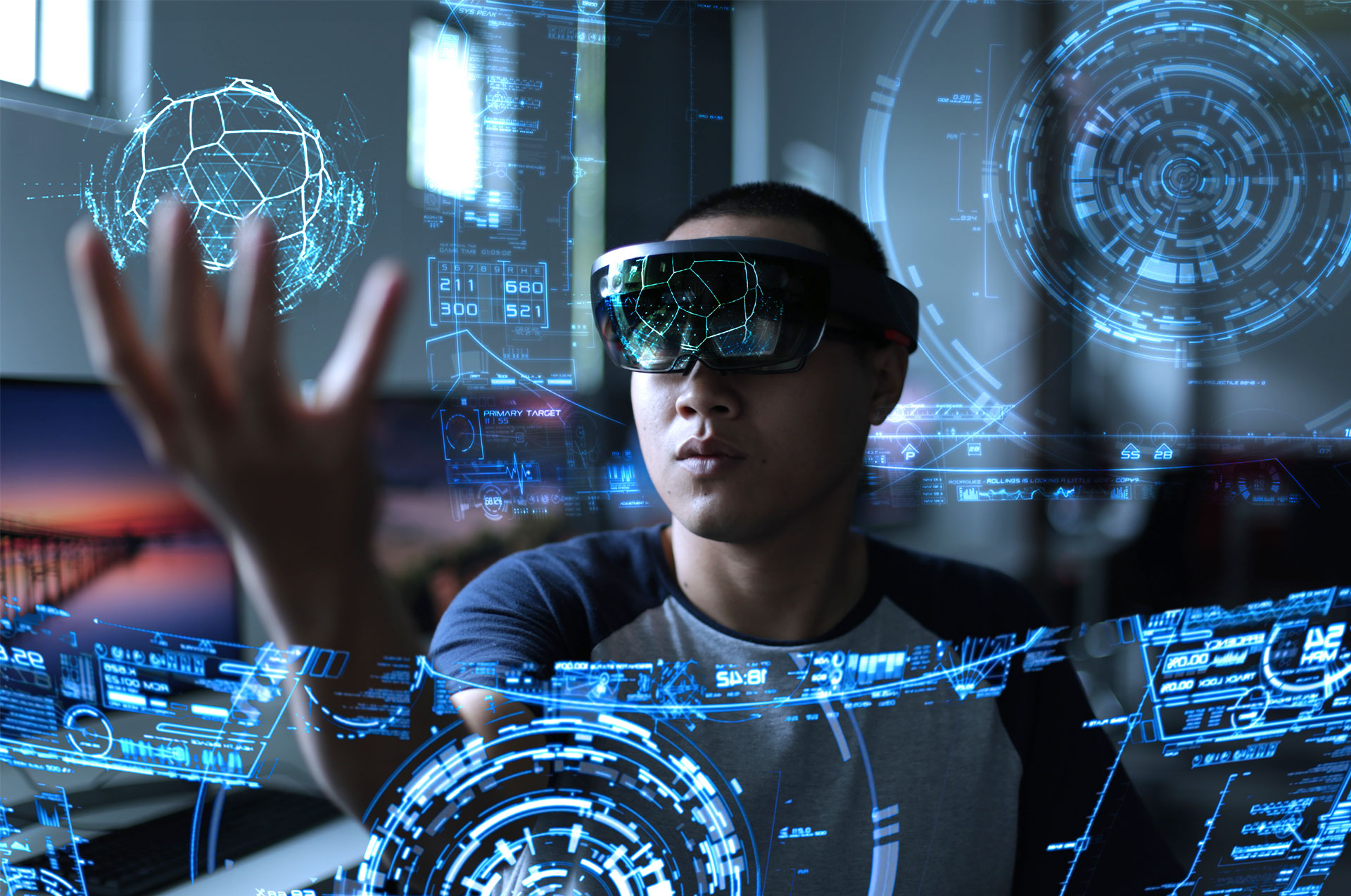In the rapidly evolving landscape of urban development, the integration of Artificial Intelligence (AI) is reshaping the way cities are planned, designed, and managed. This article explores the multifaceted role of AI in urban planning, showcasing how advanced technologies are becoming instrumental in creating smarter, more sustainable, and resilient urban environments.
**1. Understanding Urban Planning in the 21st Century
1.1 Navigating Complex Urban Challenges
Urban planning has become increasingly complex in the 21st century, as cities grapple with challenges such as population growth, traffic congestion, environmental sustainability, and resource management. AI emerges as a transformative tool to address these challenges by offering data-driven insights and predictive capabilities.
**2. Data Analytics for Informed Decision-Making
2.1 Harnessing the Power of Big Data
AI’s capacity to analyze vast amounts of data is pivotal in urban planning. From demographic trends and traffic patterns to environmental conditions, AI processes big data to provide planners with comprehensive insights. This informed decision-making ensures that urban development strategies are tailored to the specific needs and dynamics of a given city.
**3. Traffic Management and Optimization
3.1 AI-Powered Traffic Solutions
One of the significant contributions of AI in urban planning is in the realm of traffic management. AI algorithms analyze real-time traffic data, predict congestion patterns, and optimize traffic signals. This not only reduces commute times but also enhances overall mobility and contributes to a more efficient transportation system.
**4. Smart Infrastructure Development
4.1 Optimizing Infrastructure Investments
AI plays a crucial role in optimizing the development of smart infrastructure. Through predictive modeling and analysis, AI helps planners allocate resources efficiently, prioritize critical projects, and anticipate future infrastructure needs. This proactive approach ensures that cities evolve with foresight and adaptability.
**5. Environmental Sustainability and Green Spaces
5.1 Balancing Urbanization with Ecology
Urban planning must strike a balance between growth and environmental sustainability. AI aids in this endeavor by analyzing ecological data, predicting environmental impacts, and proposing strategies for integrating green spaces. This ensures that cities evolve in a sustainable manner, preserving biodiversity and mitigating the urban heat island effect.
**6. Community Engagement and Inclusivity
6.1 Fostering Inclusive Urban Development
AI fosters community engagement by gathering and analyzing public input. Through sentiment analysis of social media and other platforms, planners can understand community preferences and concerns. This inclusive approach ensures that urban development is responsive to the diverse needs of residents, promoting a sense of belonging.
**7. Resilience Planning for Climate Change
7.1 Anticipating and Mitigating Climate Risks
As cities face the impacts of climate change, AI contributes to resilience planning. By analyzing climate data, AI can predict potential risks such as flooding or extreme weather events. This allows for the development of adaptive strategies and infrastructure improvements to mitigate the impact of climate-related challenges.
**8. AI-Driven Urban Design and Architecture
8.1 Enhancing Aesthetics and Functionality
AI’s role extends to urban design and architecture. Algorithms can analyze historical and contemporary design trends, offering insights to architects and planners. This facilitates the creation of aesthetically pleasing and functional urban spaces that align with the cultural and social fabric of a city.
Conclusion
The role of AI in urban planning is transformative, ushering in an era of data-driven, responsive, and sustainable city development. As cities grapple with the complexities of the 21st century, AI emerges as a powerful ally, providing planners with the tools needed to navigate challenges, engage communities, and create urban environments that are not only efficient but also resilient and inclusive.
FAQs
- How does AI contribute to traffic management in urban planning?
- AI contributes to traffic management by analyzing real-time traffic data, predicting congestion patterns, and optimizing traffic signals. This enhances overall mobility, reduces commute times, and contributes to a more efficient transportation system.
- What role does AI play in smart infrastructure development?
- AI plays a crucial role in smart infrastructure development by optimizing resource allocation, prioritizing critical projects, and anticipating future infrastructure needs. This proactive approach ensures that cities evolve with foresight and adaptability.
- How does AI contribute to environmental sustainability in urban planning?
- AI contributes to environmental sustainability by analyzing ecological data, predicting environmental impacts, and proposing strategies for integrating green spaces. This ensures that urban development balances growth with ecological preservation.
- How does AI foster community engagement and inclusivity in urban planning?
- AI fosters community engagement by gathering and analyzing public input, including sentiment analysis of social media and other platforms. This inclusive approach ensures that urban development is responsive to the diverse needs and preferences of residents.
- In what ways does AI contribute to resilience planning for climate change in urban environments?
- AI contributes to resilience planning by analyzing climate data to predict potential risks such as flooding or extreme weather events. This enables the development of adaptive strategies and infrastructure improvements to mitigate the impact of climate-related challenges on urban areas.




